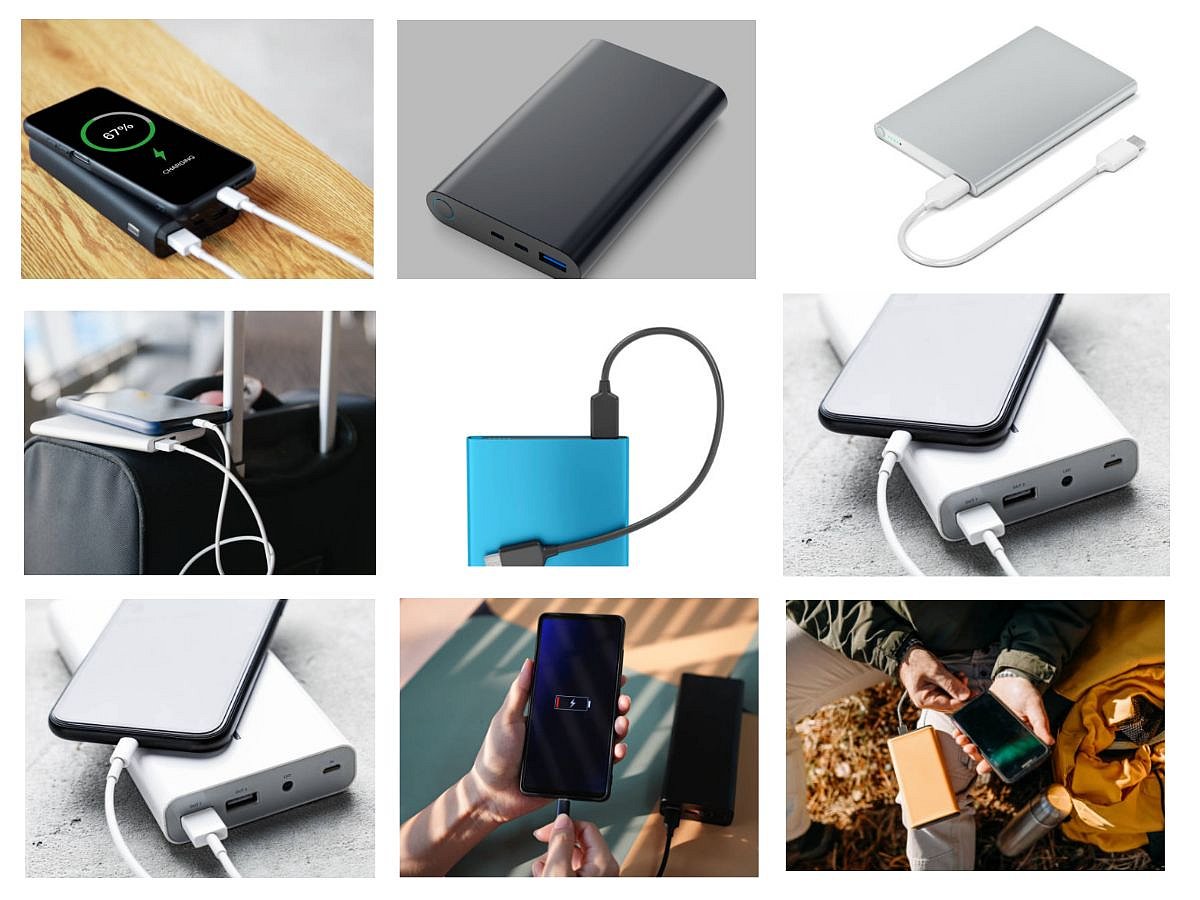Why is Emirates banning power banks?
From October 1, 2025, Emirates customers may carry one power bank that is under 100Wh

Batteries, specifically lithium-ion batteries, also known as powerbanks, are "dangerous goods".
It's the language used by the International Association of Travel Agencies (IATA) when it issued the initial Lithium Battery Shipping Guidlines (LBSG) as early as 2014.
The guidelines are meant for shippers, freight forwarders, ground handlers and airlines.
Emirates has officially banned the use of all power banks aboard its flights, effective October 1, 2025.
What Emirates said
On August 8, 2025, the Dubai-based airline issued this statement: "Using any kind of power bank is prohibited onboard Emirates’ flights, effective from October 1, 2025."
"Emirates customers are still permitted to carry one power bank onboard with specific conditions (listed below), but the power banks may not be used while in the aircraft cabin – neither to charge devices from the power bank, nor to be charged themselves using the aircrafts’ power source."
Emirates’ new regulations include:
Emirates customers may carry one power bank that is under 100 Watt Hours (Wh).
Power banks may not be used to charge any personal devices onboard.
Charging a power bank using the aircraft’s power supply is not permitted.
All power banks accepted for transport must have capacity rating information available.
Power banks may not be placed in the overhead stowage bin onboard the aircraft and must now be placed in the seat pocket or in a bag under the seat in front of you.
Power banks are not permitted in checked luggage (existing rule).
Inflight safety
While passengers will still have access to in-seat charging ports on all aircraft, Emirates strongly advises travellers to fully charge their digital devices before departure — especially on long-haul flights where power needs can be high.
This bold step reflects Emirates’ commitment to setting the bar for in-flight safety, even as it continues to deliver a world-class passenger experience.
Safety review
The policy comes on the heels of a comprehensive safety review, which flagged growing concerns over lithium battery-related incidents in aviation.
As a result, the new regulation will be enforced across Emirates’ entire global fleet.
Why was the ban implemented?
Over recent years, incidents involving lithium battery overheating, smoke, or fire — including power banks stored or used onboard — have been increasing, according to Aviation Week.
The report cites “thermal runaway” as the core danger: once a lithium cell begins to overheat uncontrollably, it may initiate a self‑accelerating reaction that leads to fire, explosion, or toxic gas release.
Timeline of recent onboard fire incidents
Here’s a timeline of notable in‑plane / cabin fire incidents involving power banks or lithium batteries:
What the ban/restriction means for passengers
Here’s how the Emirates policy will affect flyers:
Implications / inconvenience:
On longhaul flights, you’ll need to rely more on the plane’s built‑in charging capabilities or fully charge all devices before boarding.
Travellers with high-capacity power banks (above 100 Wh) must leave them behind.
If cabin crew find that a power bank is being used or is in an improper location (overhead bin, etc.), they may be confiscated or require you to disable usage.
IATA / aviation industry guidance on power banks (lithium batteries)
Here’s how these new measures stack up against standard aviation regulations and industry practices:
Classification as dangerous goods: Lithium-ion batteries and power banks are treated as “dangerous goods” under the IATA Dangerous Goods Regulations (DGR). They must be transported under strict rules to reduce fire risk.
Carry-on only: Spare lithium batteries (including power banks not installed in a device) are generally allowed in carry-on baggage only — they are prohibited in checked baggage on passenger flights.
Capacity limits: The standard threshold is 100 Wh; batteries or power banks above that but below 160 Wh may require airline approval. Above 160 Wh is typically disallowed on passenger aircraft.
Operator / state variations: Airlines or national civil aviation authorities may impose stricter rules than IATA’s baseline. That seems exactly what Emirates is doing by banning in-flight use altogether.
Recent updates: In the 66th edition of the IATA DGR (effective early 2025), there are amendments regarding packaging rules, state of charge (SoC) guidelines, and the classification of lithium batteries in equipment or as standalone items.
Recommendation for passengers: Ensure the power banks/detachable batteries are within allowable Wh limits, kept in carry-on, and that they comply with airline-specific rules.
Sign up for the Daily Briefing
Get the latest news and updates straight to your inbox
Network Links
GN StoreDownload our app
© Al Nisr Publishing LLC 2025. All rights reserved.